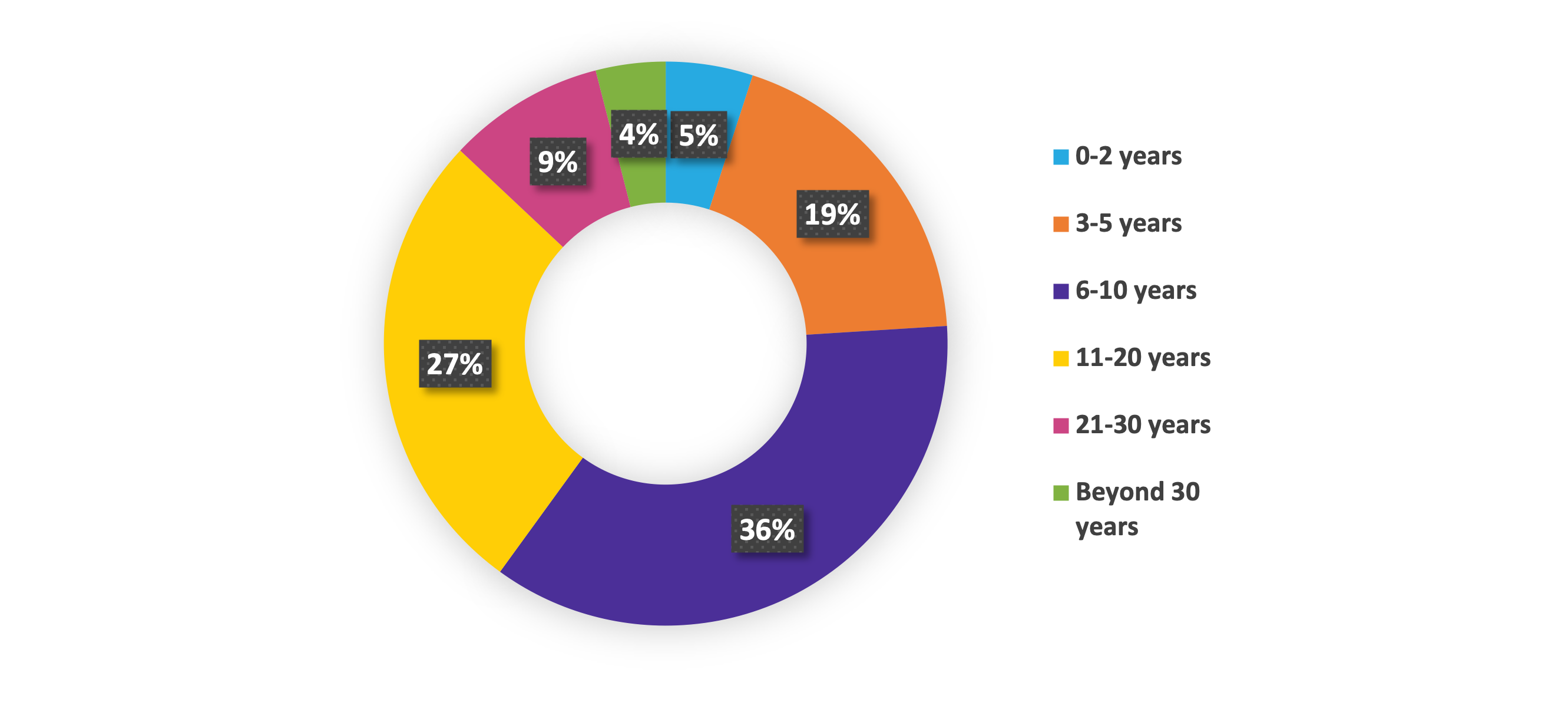Blog
September 4, 2024
Not Dead Yet! MSOs Closing in on the Broadband Holy Grail
By Joe McGarvey, Marketing Director |

One thing that nearly all technical types have in common is an appreciation for the works of Monty Python, the British comedy troupe that engineers and others with a knack for making things work are fond of quoting.
It’s difficult not to slip into Pythonese in the run up to this year’s SCTE TechExpo 2024, already notable for the absence of the word cable in its title, given the recent and concerted efforts of FTTH advocates to bury the cable industry beneath an avalanche of advanced-age adjectives, like legacy, outdated or obsolete. Pro-fiber pundits and others trying to prematurely dispose of the cable industry may as well be donning the same medieval garb worn by John Cleese in that famous and favorite scene from the movie.
And similar to that character, those that would like to see the cable industry carried off in a cart have ulterior motives, namely the elimination of a longtime rival in the HFC network that still has a lot of life left in it.
Exactly how much life? That’s difficult to calculate, but ATX has targeted the middle of this century as a rough estimate of when MSOs may be finishing up their decades-long transition to an all-fiber network. For the past four years, in fact, we’ve been checking in with cable professionals annually to get a progress report on that migration through the 2050 Project HFC evolution survey.
Considering the expense and logistical difficulties associated with fiber builds, what would be the most aggressive timeframe for completely replacing your HFC network with all fiber?

Findings from our most recent survey suggest that 40% of cable professionals believe that the HFC network will still be supporting subscribers through the next decade or longer. Given those numbers, the fiber industry’s rush to declare MSOs and the HFC network as dead as a parrot seems a little premature.
But the most important takeaway from the above chart is that MSOs aren’t going anywhere. Despite constant accusations from FTTH providers that MSOs are anti-fiber, the reality is that the cable industry has been on a high-fiber diet since 1992, when the first fiber nodes were installed in the all-coax plant, simultaneously giving birth to the HFC network and the gradual transition to all fiber.
Medium Not the Message
That’s why SCTE was wise to drop cable from this year’s TechExpo, not because the industry is trying to distance itself from the term, but because the time has come to downplay the importance of transport. Throughout its history, the cable industry has always been about the subscriber, not the transport medium. Now it’s official.
The FTTH world, by contrast, appears obsessed with the medium — even though data doesn’t travel any faster in fiber than it does in coax. Fiber is held in such regard and spoken of with such lofty prose, that one could be forgiven for believing that it is the be all and end all of the broadband experience.
That FTTH providers have adopted a medium-first, instead of a subscriber-first, mentally is likely a smokescreen to distract attention from the fact that MSOs are in a much more advantageous position to redefine the broadband experience. Much of that advantage is due to the fact that the existing HFC infrastructure is robust enough to meet the multigigabit broadband needs of subscribers for the next couple of decades — giving MSOs more than enough time to complete their coax-to-fiber transitions.
Instead of starting over, MSOs are able to increase the speed, responsiveness and reliability of their networks mostly through in-the-field upgrades, savings tons of money and eliminating hours of customer disruptions by extending the life of previous investments.
That’s not the case for FTTH operators, which are on the other end of the cost-efficiency spectrum. With their copper-based networks running out of gas, FTTH providers are forced to build new networks from scratch, tripping over costly construction costs, permitting and other red tape-entangled obstacles.
Wake-Up Call
So, instead of the wake that the fiber crowd had planned for later this month in Atlanta, the cable industry should be in full celebration mode, having turned a big corner with the availability of technology, like ATX’s next-gen outside plant portfolio, that makes their existing networks not only faster but smarter, more reliable and optimized to give subscribers the best broadband experience available.
The reality is that MSOs and FTTH providers share the same end-to-end-fiber view of the future. The difference is that the path to that destination for MSOs is a seamless and gradual transition of an existing network with a long and proven history of subscriber satisfaction that will only get better with age.
The cable industry dead? Not even close. It’s certain that the ATX TechExpo booth will be pulsating with excitement about where our customers are headed and how we’re helping them get there. We’re betting our colleagues will be similarly upbeat about the future of this great industry.
So, no matter how you make your way to Atlanta — plane, train, automobile or even your favorite silly walk — prepare yourself for what might be the liveliest broadband industry celebration on record.

